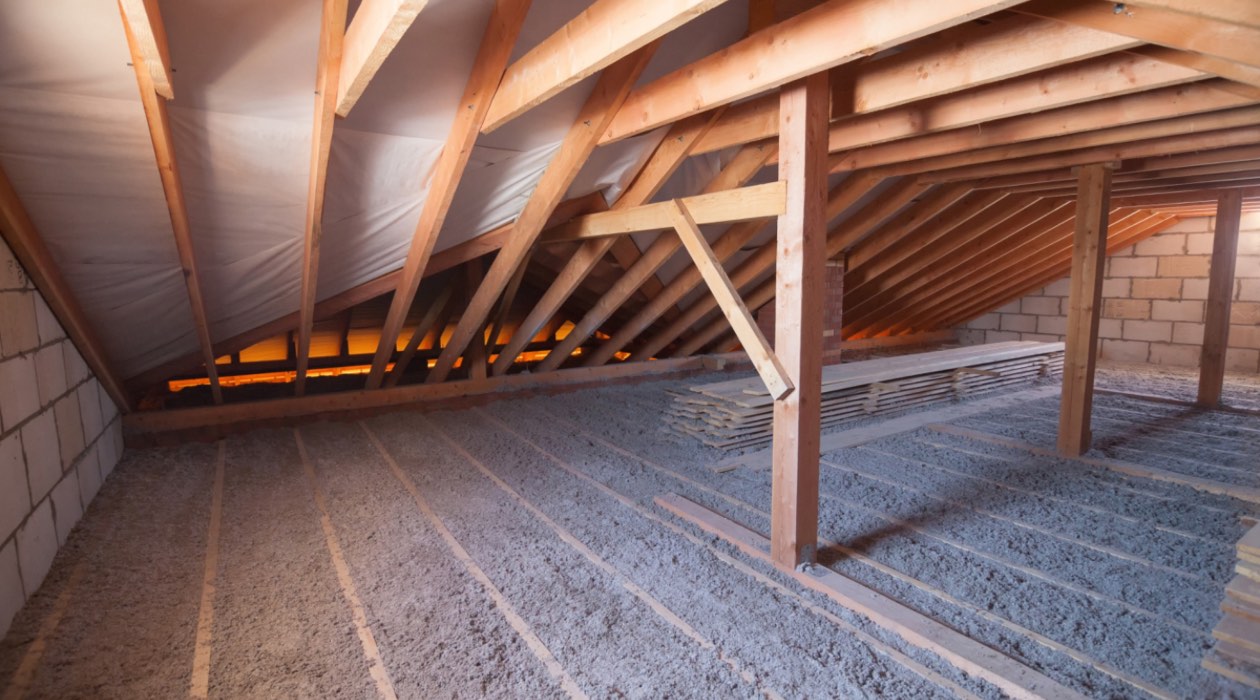

Articles
How Often To Replace Attic Insulation
Modified: October 22, 2024
Discover how often you should replace attic insulation with helpful articles from our expert team. Save money and energy with proper insulation upkeep.
(Many of the links in this article redirect to a specific reviewed product. Your purchase of these products through affiliate links helps to generate commission for Storables.com, at no extra cost. Learn more)
Introduction
Attic insulation is a vital component of your home’s energy efficiency, playing a crucial role in maintaining comfortable temperatures and reducing energy costs. Over time, however, attic insulation can become less effective due to wear and tear, moisture damage, pests, and settling. This leads to a decrease in insulation performance and an increase in energy consumption.
In this article, we will explore the factors influencing the need to replace attic insulation, signs that indicate it’s time for replacement, the recommended frequency for replacing attic insulation, hiring a professional for the job, DIY attic insulation replacement techniques, and the benefits of regular attic insulation replacement.
Whether you are a homeowner or a renter, understanding the importance of maintaining and replacing attic insulation is crucial. By taking the necessary steps now, you can ensure a well-insulated and energy-efficient home while minimizing heating and cooling costs.
Key Takeaways:
- Regular attic insulation replacement ensures energy efficiency, comfort, and property value. It reduces energy bills, improves indoor air quality, and contributes to a greener lifestyle, creating a sustainable and comfortable living environment.
- Hiring a professional for attic insulation replacement ensures expertise, proper equipment, and compliance with building codes. DIY techniques can be an option with proper precautions, research, and installation for optimal results.
Read more: How Often Should Insulation Be Replaced
Factors influencing the need to replace attic insulation
Several factors can contribute to the need for attic insulation replacement. Understanding these factors will help you determine when it’s time to replace your attic insulation. Let’s take a closer look at the key considerations:
- Age: The age of your insulation is one of the primary factors influencing its effectiveness. Over time, insulation materials can deteriorate, leading to decreased thermal resistance. If your attic insulation is more than 15-20 years old, it may be time to consider replacement.
- Moisture Damage: Moisture is a significant enemy of insulation. Condensation, water leaks, or roof damage can lead to moisture accumulation in the attic, causing insulation to lose its insulating properties. Mold and mildew growth can also occur in moist conditions, further compromising the insulation’s effectiveness. If you notice signs of moisture damage, such as water stains or a musty smell, it’s essential to address the issue promptly and consider replacing the insulation.
- Pest Infestation: Attics are notorious for attracting pests such as rodents and insects. These unwanted visitors can make nests within the insulation, reducing its efficiency and contaminating it with droppings and other debris. If you suspect a pest infestation in your attic, it’s crucial to address the problem and replace the insulation to ensure a clean and properly functioning insulation barrier.
- Settling and Compression: Over time, insulation can settle and compress, reducing its thickness and the trapped air pockets that provide insulation. This can occur due to the weight of the insulation, foot traffic in the attic, or natural settling of the home. If you notice that your insulation appears flat or uneven, it may no longer be effectively insulating your home and may need replacement.
- Building Code Updates: Building codes and energy efficiency standards change over time. If your attic insulation does not meet current insulation requirements, it may be beneficial to upgrade and replace the insulation to improve energy efficiency and ensure compliance with building codes.
Keep these factors in mind as you assess the condition of your attic insulation. Identifying any of these issues will help you determine if replacement is necessary to maintain energy efficiency and ensure the comfort of your home.
Signs that indicate it’s time to replace attic insulation
It’s important to keep an eye out for signs that indicate it’s time to replace your attic insulation. Ignoring these signs can lead to increased energy consumption, decreased comfort, and potential damage to your home. Here are some common signs that suggest it’s time for attic insulation replacement:
- Inconsistent temperatures: If your home experiences uneven heating or cooling, with certain rooms feeling noticeably colder or hotter than others, it could be a sign of poor insulation. Inadequate insulation allows for heat transfer, leading to temperature inconsistencies throughout your home.
- High energy bills: If you notice a significant and unexplained increase in your energy bills, it may be due to poor insulation. Inefficient insulation lets cooled or heated air escape, causing your HVAC system to work harder and consume more energy to maintain the desired temperature.
- Drafts or air leaks: Check for drafts or air leaks in your home, particularly around windows, doors, electrical outlets, and the attic access hatch. If you feel a noticeable draft or air movement, it indicates that your insulation is not properly sealing the space and allowing air to infiltrate from outside.
- Visible damage: Inspect your attic insulation for visible signs of damage such as water stains, mold growth, or pest infestation. These issues not only compromise the insulation’s effectiveness but can also lead to health hazards and structural damage if left unaddressed.
- Increased noise: Insulation not only helps with temperature regulation but also serves as a sound barrier. If you notice that external noises are more audible inside your home, it could be a sign that your insulation is deteriorating and needs replacement.
These signs are indications that your attic insulation is no longer performing optimally and should be replaced. It’s essential to address these issues promptly to restore energy efficiency, improve comfort levels, and avoid potential damage or health concerns.
Recommended frequency for replacing attic insulation
The recommended frequency for replacing attic insulation depends on various factors, including the insulation type, its condition, and the specific circumstances of your home. However, as a general guideline, it is recommended to consider replacing your attic insulation every 15-20 years.
This timeframe accounts for the natural wear and tear that insulation materials undergo over time, leading to a decrease in their thermal resistance properties. By replacing your attic insulation within this timeframe, you can ensure that your home remains well-insulated and energy-efficient.
It is also important to note that certain circumstances may warrant more frequent insulation replacement. For example, if your insulation has been affected by moisture damage, pest infestation, or significant settling and compression, it may need replacement before the standard 15-20 year timeframe.
Regular inspection and maintenance of your attic insulation can help you identify any issues that may require immediate attention. If you notice signs of damage, such as water stains, mold growth, or pest activity, it is recommended to consult a professional to assess the condition of your insulation and determine if replacement is necessary.
Additionally, if there have been updates to building codes or advancements in insulation technology since your last installation, you may want to consider upgrading and replacing your attic insulation to take advantage of improved energy efficiency and compliance with current standards.
Ultimately, the frequency of replacing attic insulation will depend on various factors specific to your home. Regular maintenance, inspection, and consultation with professionals in the field can help guide your decision-making process and ensure that your insulation remains in optimal condition.
It is recommended to replace attic insulation every 15-20 years, or when it becomes compressed, damaged, or infested with pests. Regular inspection can help determine if replacement is necessary.
Hiring a professional for attic insulation replacement
When it comes to attic insulation replacement, hiring a professional can ensure a smooth and successful process. While some homeowners may opt for a do-it-yourself approach, there are several advantages to entrusting the job to experienced insulation professionals. Here are some key reasons to consider hiring a professional for attic insulation replacement:
- Expertise and experience: Insulation professionals have the necessary knowledge, expertise, and experience to assess your attic’s insulation needs accurately. They understand the various insulation materials and installation techniques, ensuring that the right type and amount of insulation are used, and that it is installed correctly for optimal performance.
- Proper equipment and tools: Attic insulation replacement often requires specialized equipment and tools. Insulation professionals have access to these tools and know how to use them safely and effectively. They also have the necessary safety equipment to handle the job, such as protective clothing and masks when working with insulation materials.
- Time and convenience: Attic insulation replacement can be a time-consuming task, especially for those who are not familiar with the process. Hiring professionals allows you to save time and effort, as they will efficiently handle all aspects of the job. They can complete the project within a reasonable timeframe, minimizing disruption to your daily routine.
- Proper insulation removal: Before installing new insulation, it is essential to remove the old insulation properly. Insulation professionals have the know-how to safely remove and dispose of old insulation, taking care to minimize dust and debris and prevent any potential hazards.
- Building code compliance: Insulation professionals are knowledgeable about local building codes and regulations. By hiring professionals, you can ensure that your attic insulation replacement project meets all the necessary code requirements, including proper installation techniques, fire safety standards, and insulation depth specifications.
- Guarantees and warranties: Reputable insulation professionals often offer guarantees and warranties on their work. This provides you with peace of mind, knowing that the insulation installation is backed by a warranty in case of any issues or defects.
When hiring a professional for attic insulation replacement, it is important to research and choose a trusted and reliable insulation contractor. Look for companies or contractors with a proven track record, positive reviews, and appropriate licenses and certifications. Obtain multiple quotes to compare prices and services, and don’t hesitate to ask questions about their qualifications, experience, and the insulation materials they recommend.
By hiring a professional for your attic insulation replacement, you can ensure a quality installation that provides optimal energy efficiency and long-lasting performance for your home.
Read more: How Often Should You Insulate Your Attic
DIY attic insulation replacement techniques
If you’re comfortable with tackling home improvement projects, you may consider replacing your attic insulation on your own. While hiring a professional is recommended for a seamless and efficient insulation replacement, the following DIY techniques can help you get started if you decide to take on the task yourself:
- Assessment and preparation: Begin by assessing the condition of your existing insulation. Check for signs of damage, pests, or moisture and determine if any repairs or improvements are needed before replacing the insulation. Make sure to wear protective clothing, gloves, goggles, and a mask to safeguard yourself from potential allergens and particles in the insulation.
- Correct insulation type and amount: Research the appropriate insulation type and suitable R-value (thermal resistance) for your region and climate. Different areas have different insulation recommendations, so make sure to comply with local building codes. Purchase the necessary amount of insulation to cover your attic space, accounting for any irregularities or obstructions.
- Clear the attic space: Remove any objects or debris that may obstruct the installation process. Clear walkways and create a clean and safe working environment. Take precautions not to step on ceiling joists, as this may cause damage to your ceiling.
- Sealing air leaks: Before installing new insulation, it’s crucial to seal any air leaks to maximize the effectiveness of the insulation and prevent energy loss. Use caulk or weatherstripping to seal gaps around windows, doors, electrical outlets, and other penetrations. Pay close attention to the attic access hatch to ensure a tight seal.
- Insulation installation: Start by installing insulation in the areas farthest from the attic access point and work your way towards the entrance. Use a utility knife or insulation cutter to trim insulation batts or rolls to fit snugly between the joists, ensuring there are no gaps or compressed areas. Properly secure the insulation using insulation supports or staples, taking care not to compress or overstuff the insulation, as this can reduce its effectiveness.
- Safety precautions: While working with insulation, take appropriate safety precautions. Wear protective clothing, gloves, goggles, and a mask to prevent skin irritation and inhalation of particles. Ensure proper ventilation in the attic by opening windows or using fans to circulate fresh air.
- Post-installation inspection: Once the insulation is installed, conduct a thorough inspection to ensure proper coverage and sealing. Look for any gaps, compressed areas, or areas where insulation may have been missed. Make any necessary adjustments or additions for optimal insulation performance.
It’s important to note that DIY attic insulation replacement can be time-consuming and physically demanding. Moreover, improper installation can lead to insulation inefficiencies and potential hazards. If you have any doubts or concerns, it is advisable to consult a professional insulation contractor who can ensure a proper and effective insulation replacement.
Remember to follow safety guidelines, comply with local building codes, and research the specific requirements for your attic insulation replacement project.
Benefits of regular attic insulation replacement
Regular attic insulation replacement offers numerous benefits that can positively impact your home’s comfort, energy efficiency, and overall well-being. Here are some key advantages of keeping your attic insulation up to date:
- Improved energy efficiency: One of the primary benefits of regular attic insulation replacement is improved energy efficiency. Upgrading to newer, more advanced insulation materials and ensuring proper installation can significantly reduce heat loss in the winter and heat gain in the summer. This allows your HVAC system to operate more efficiently, resulting in lower energy consumption and reduced utility bills.
- Enhanced comfort: Effective attic insulation is essential for maintaining a comfortable indoor environment. By replacing old, worn-out insulation, you can prevent drafts, cold spots, and temperature fluctuations throughout your home. Proper insulation helps maintain consistent temperatures, making your living spaces more comfortable year-round.
- Noise reduction: Attic insulation not only provides thermal resistance but also acts as a sound barrier. Upgrading your insulation can help reduce external noise, such as traffic or neighborhood sounds, making your home quieter and more peaceful.
- Improved indoor air quality: Attic insulation replacement can help improve indoor air quality by addressing issues such as mold or mildew growth, pests, and airborne contaminants. By removing old insulation that may have been compromised by moisture or pest infestations, you can create a cleaner and healthier living environment for you and your family.
- Increased property value: Upgrading your attic insulation demonstrates that you prioritize energy efficiency and home maintenance. This can increase the value of your property, making it more desirable to potential buyers if you decide to sell in the future. Energy-efficient homes often have a higher resale value and attract environmentally conscious buyers.
- Environmental benefits: Regular attic insulation replacement contributes to a greener lifestyle. By reducing energy consumption, you can decrease your carbon footprint and minimize greenhouse gas emissions. Additionally, investing in eco-friendly insulation materials, such as recycled or natural fibers, further supports sustainable living.
- Compliance with building codes: Building codes and regulations regarding insulation requirements are constantly evolving. Regularly updating your attic insulation ensures compliance with current standards and helps you avoid potential penalties or issues when selling your home.
By prioritizing regular attic insulation replacement, you can enjoy increased comfort, reduced energy bills, improved indoor air quality, and a more environmentally-friendly home. Consult with insulation professionals to determine the best insulation options for your specific needs and maximize the benefits of a well-insulated attic.
Conclusion
Attic insulation is a vital component of your home’s energy efficiency and comfort. Over time, insulation can deteriorate, leading to decreased performance and increased energy consumption. By understanding the factors that influence the need for attic insulation replacement, recognizing the signs that indicate it’s time for replacement, and following the recommended frequency for replacement, you can ensure that your home remains well-insulated and energy-efficient.
When considering attic insulation replacement, hiring a professional brings several advantages such as expertise, proper equipment, time savings, and compliance with building codes. However, if you have the necessary skills and knowledge, DIY attic insulation replacement techniques can be an option. Take precautions, research the right materials, and ensure proper installation to achieve optimal results.
The benefits of regular attic insulation replacement are numerous. Improved energy efficiency, enhanced comfort, noise reduction, improved indoor air quality, increased property value, environmental benefits, and compliance with building codes are just some of the advantages you can enjoy. By investing in attic insulation replacement, you are creating a more sustainable, comfortable, and cost-effective living space for yourself and your family.
Whether you choose to hire a professional or embark on a DIY project, maintaining and replacing attic insulation is essential. Regular inspection, proper maintenance, and prompt replacement when needed will ensure that your home stays well-insulated, energy-efficient, and comfortable for years to come.
Frequently Asked Questions about How Often To Replace Attic Insulation
Was this page helpful?
At Storables.com, we guarantee accurate and reliable information. Our content, validated by Expert Board Contributors, is crafted following stringent Editorial Policies. We're committed to providing you with well-researched, expert-backed insights for all your informational needs.
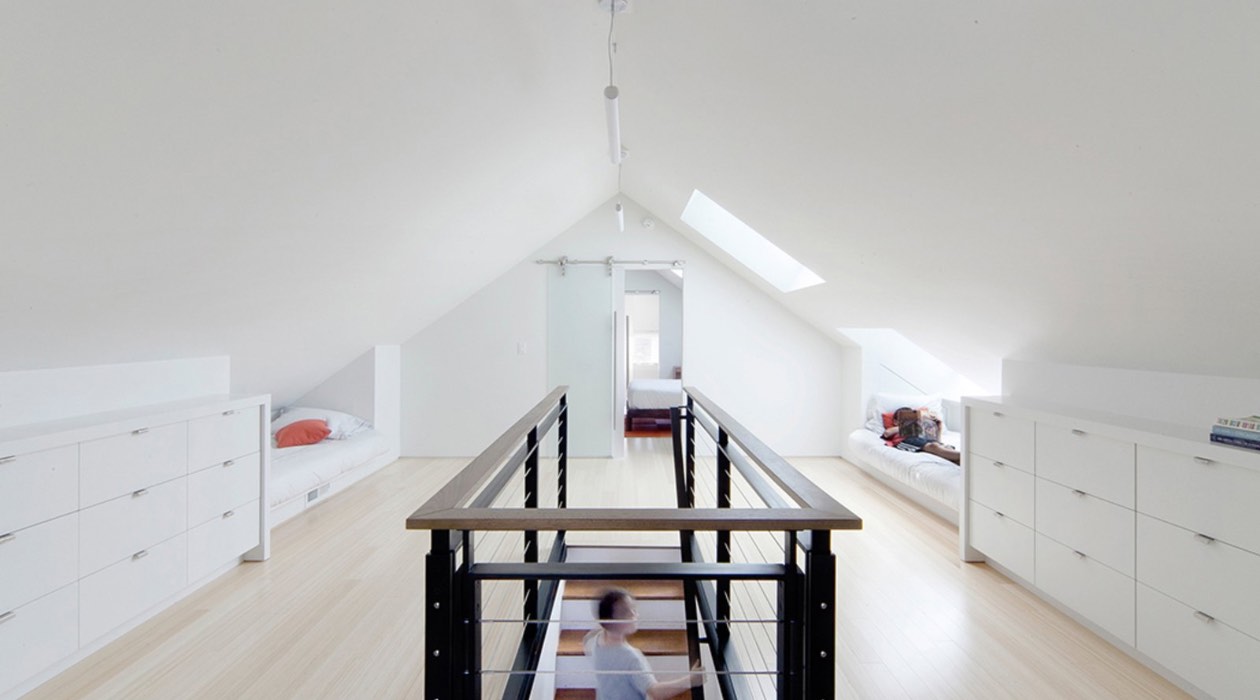
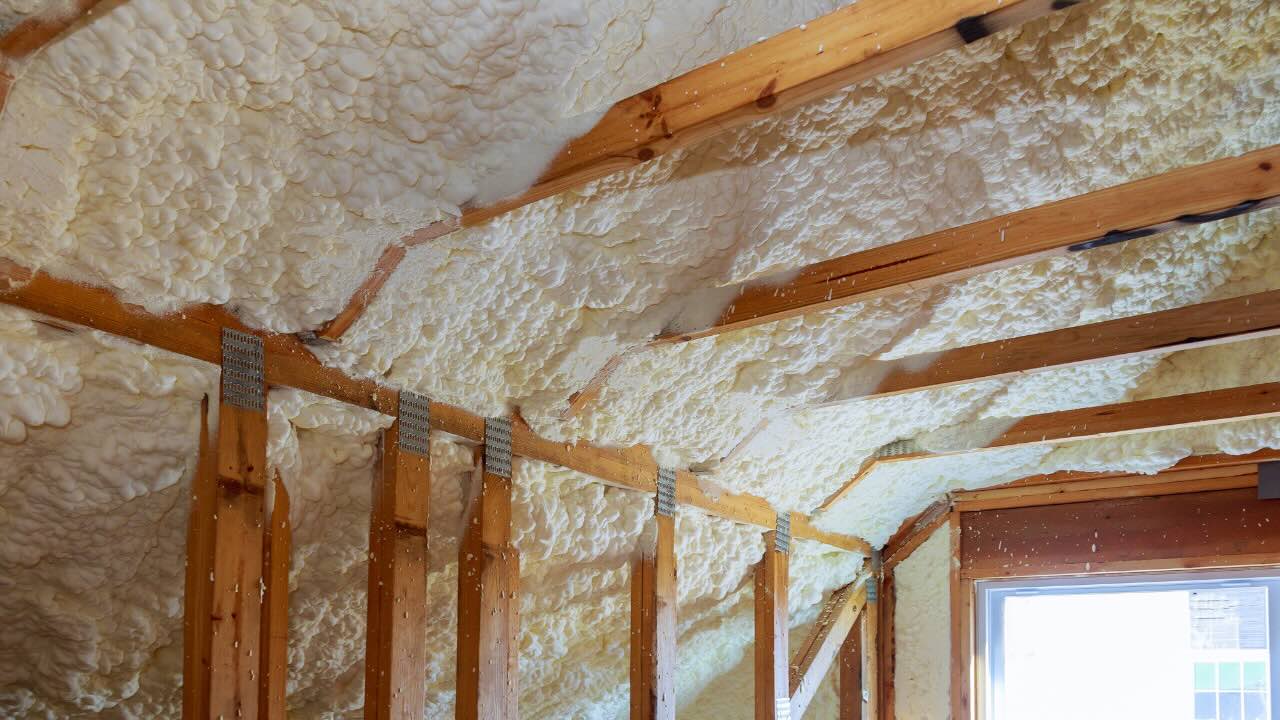
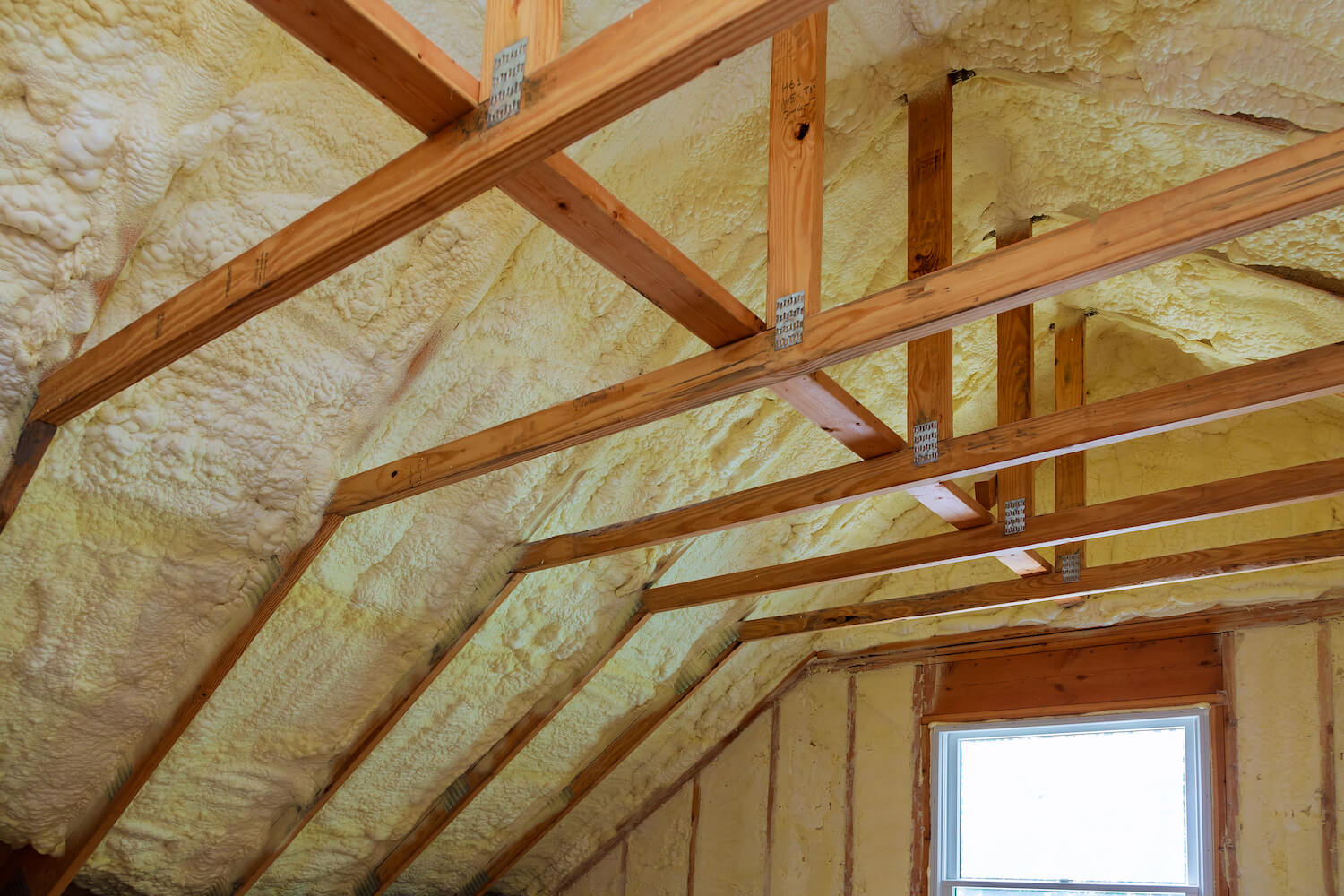
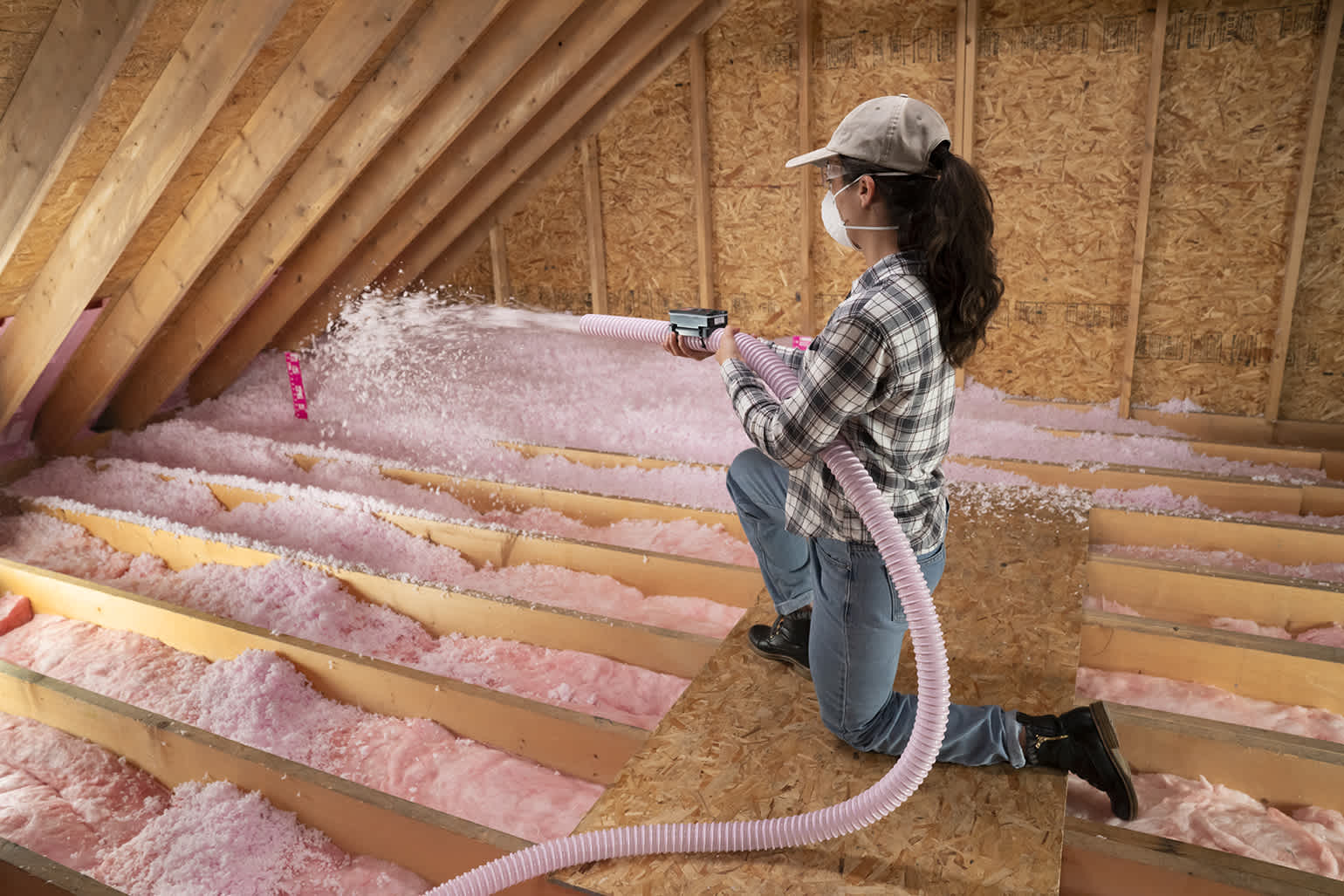
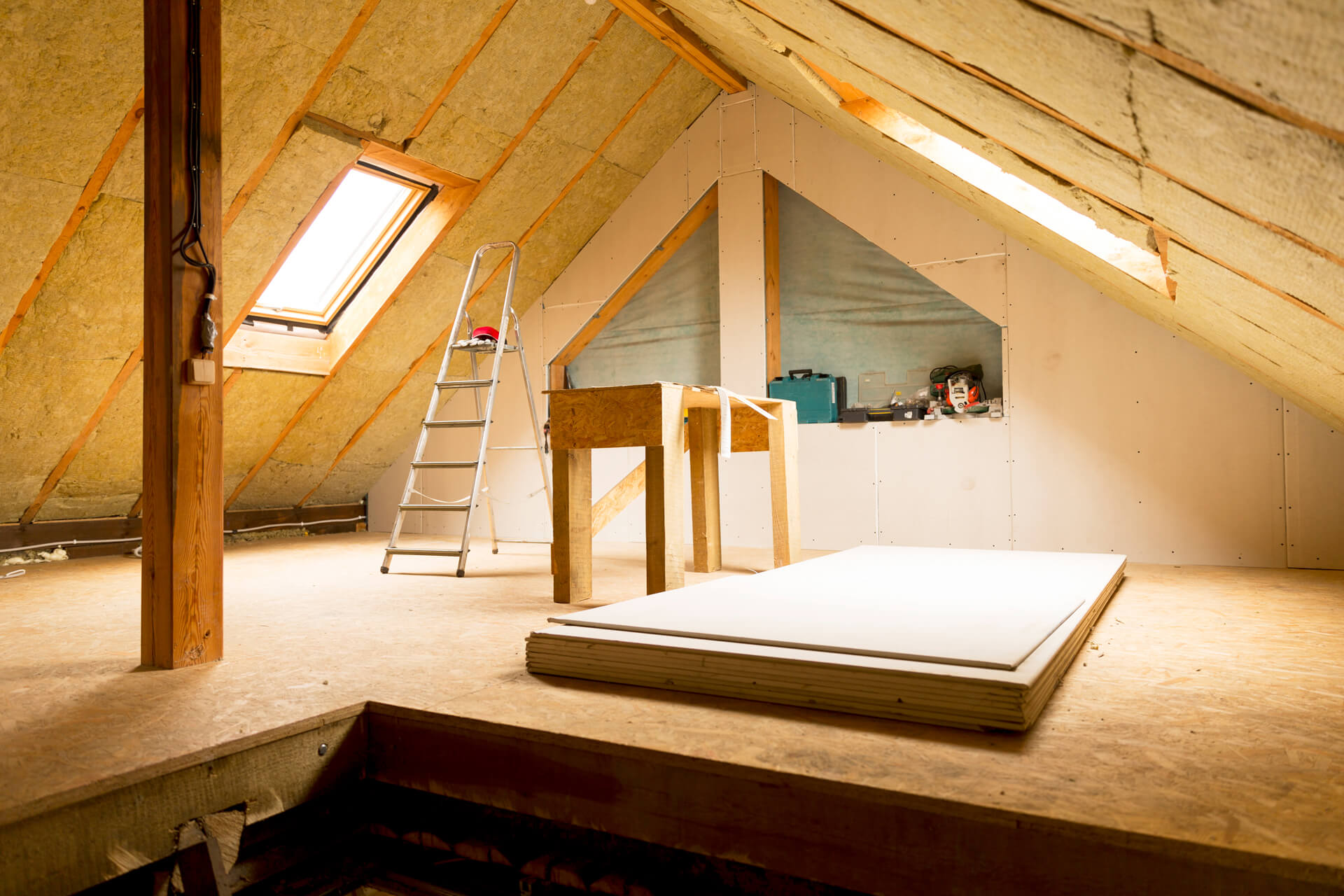
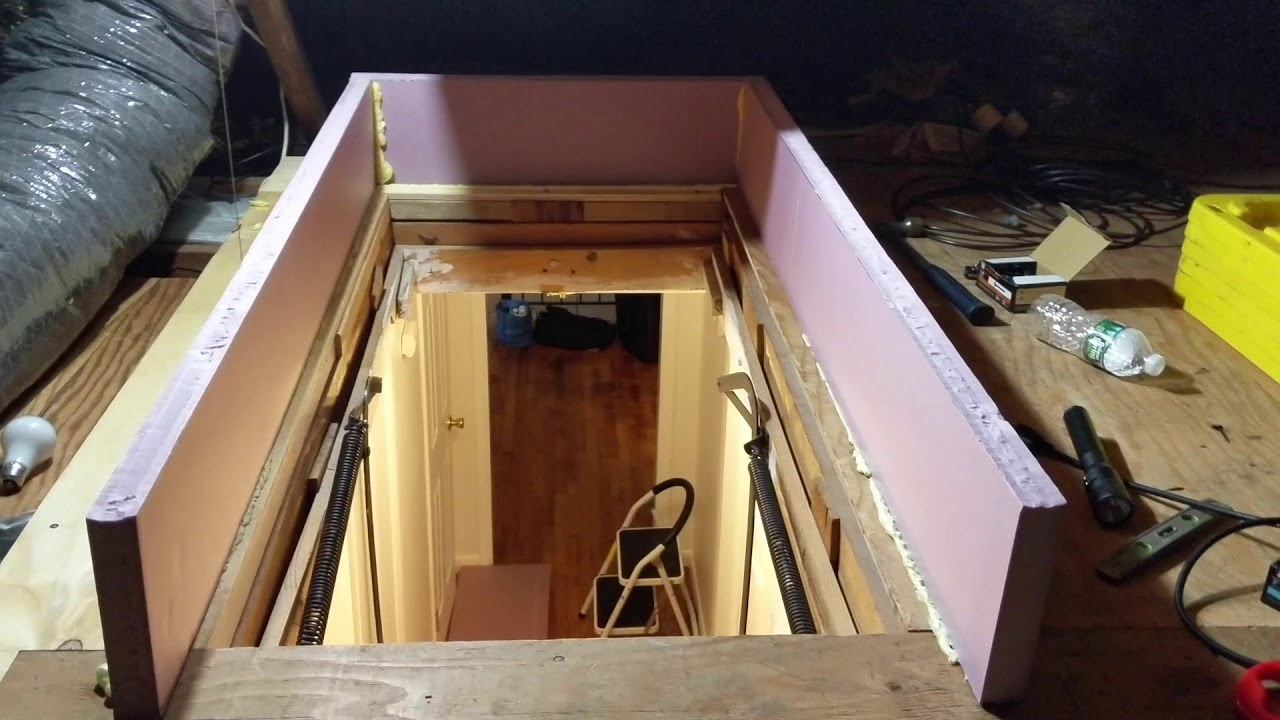
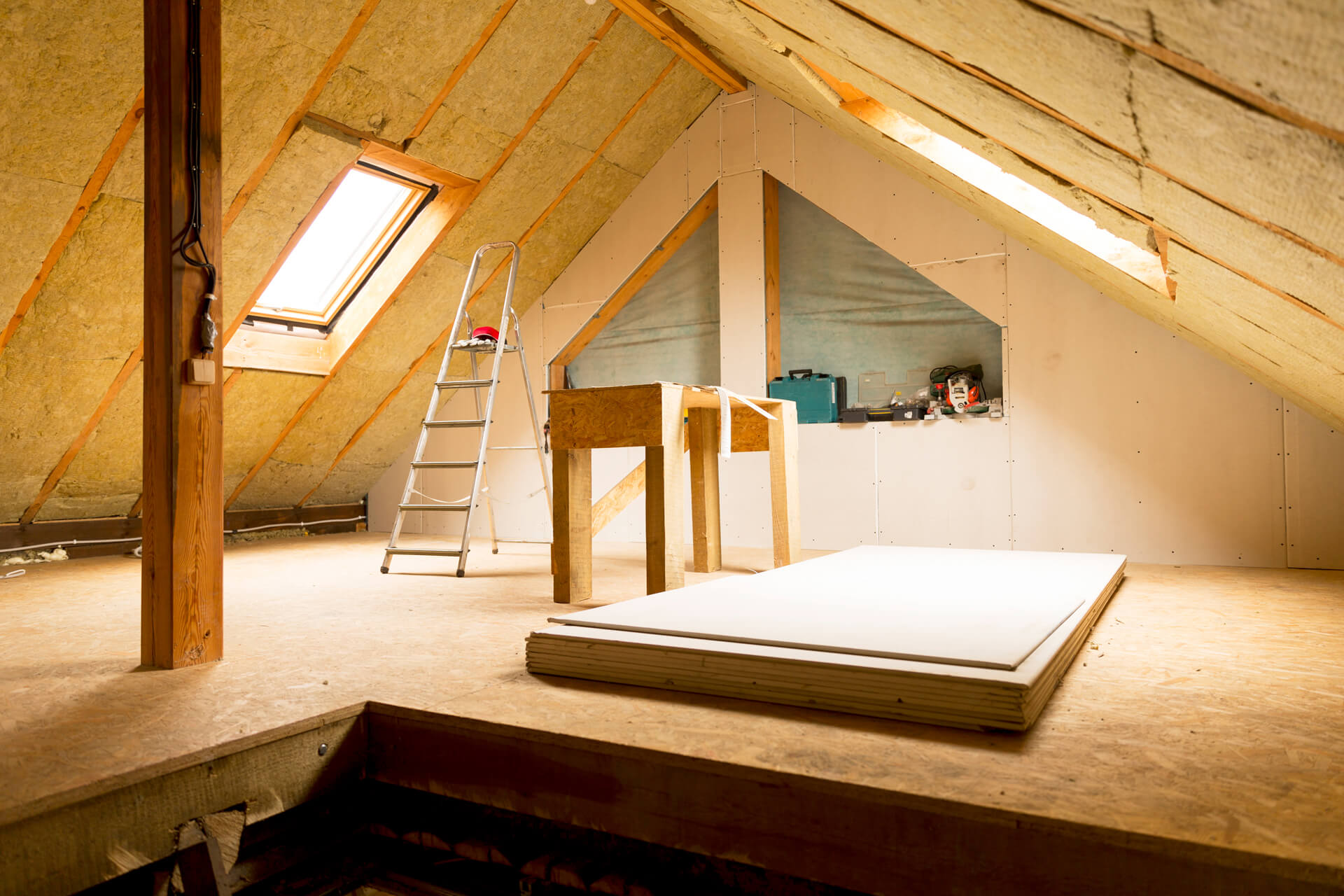
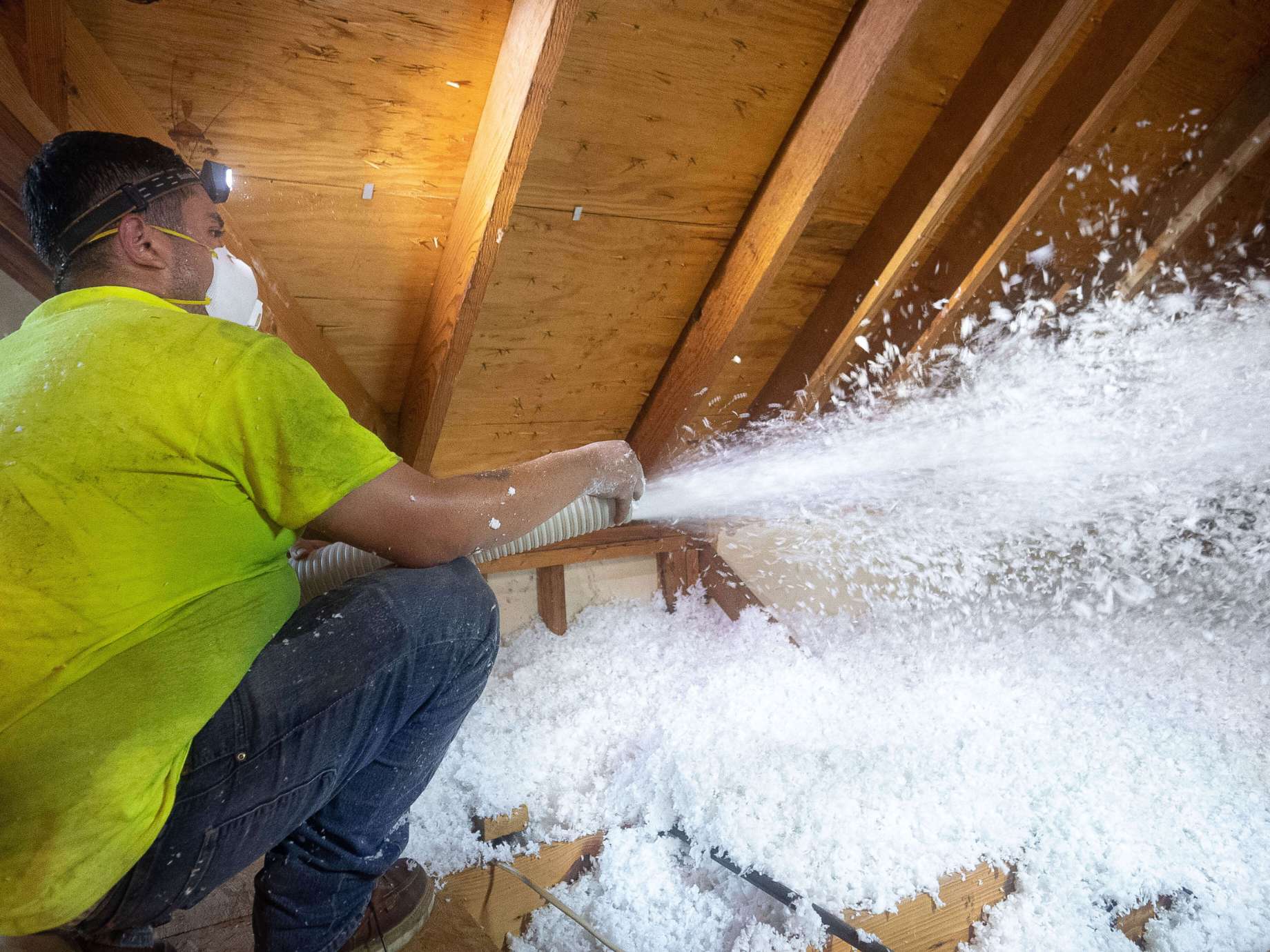


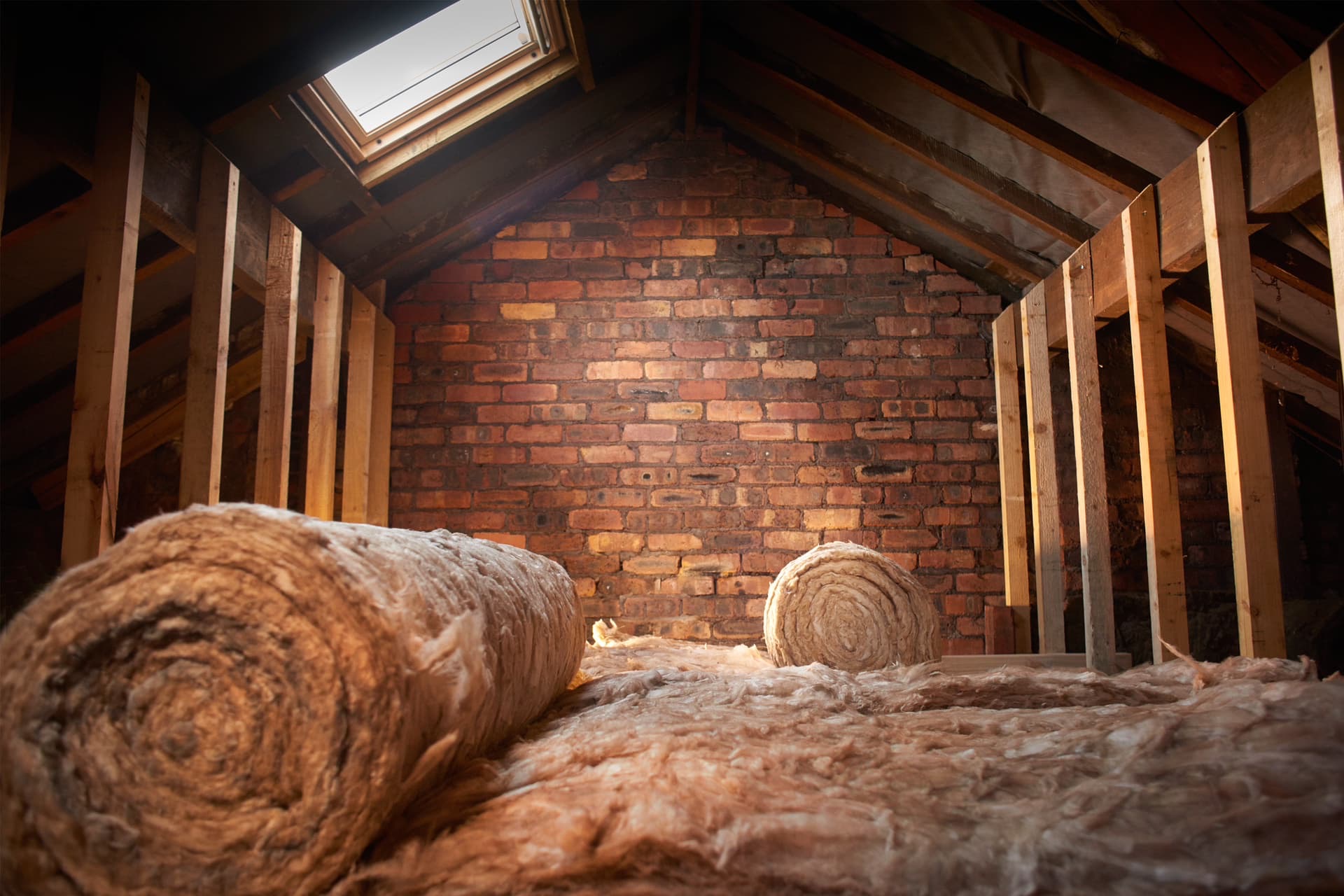

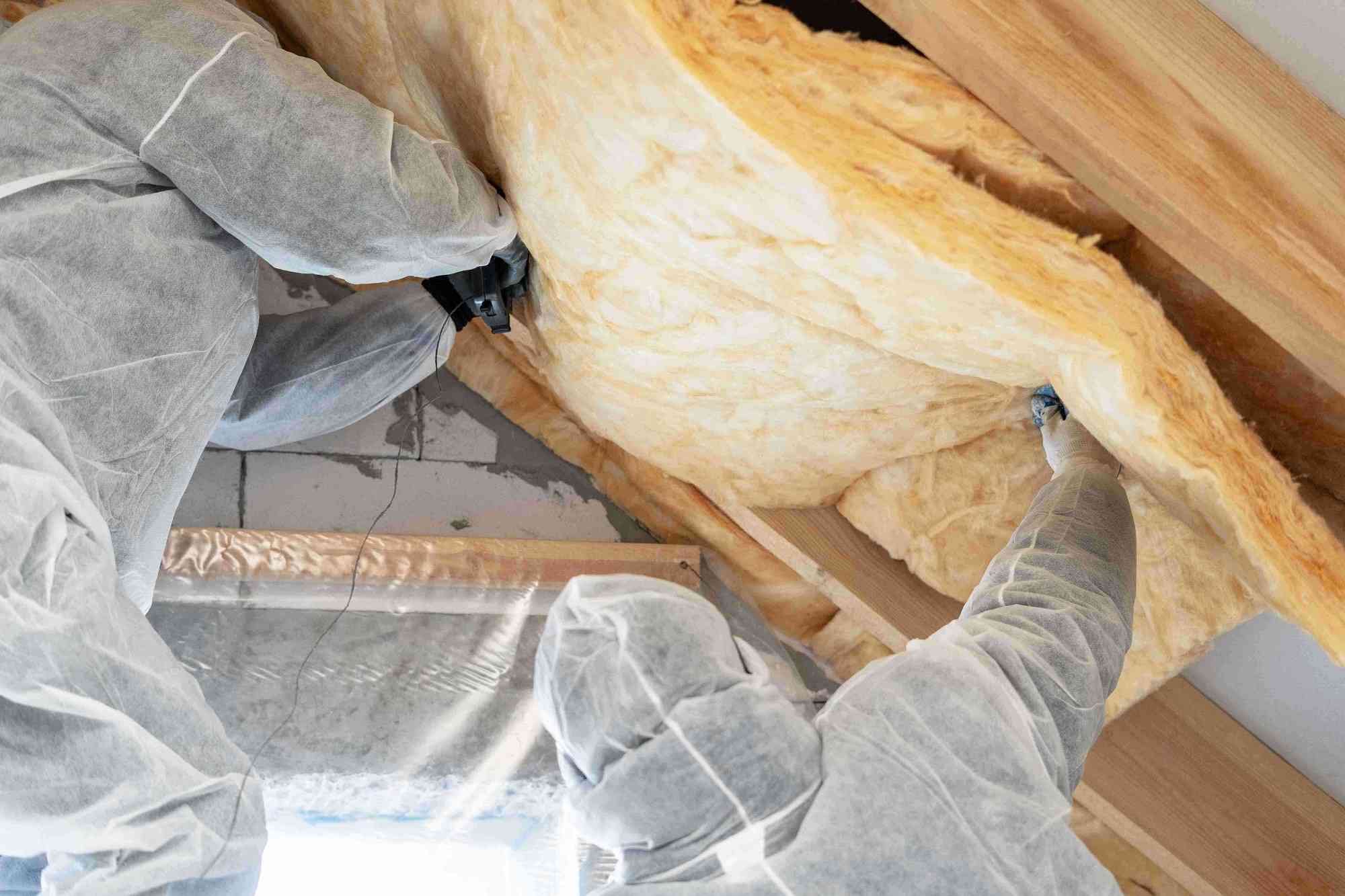
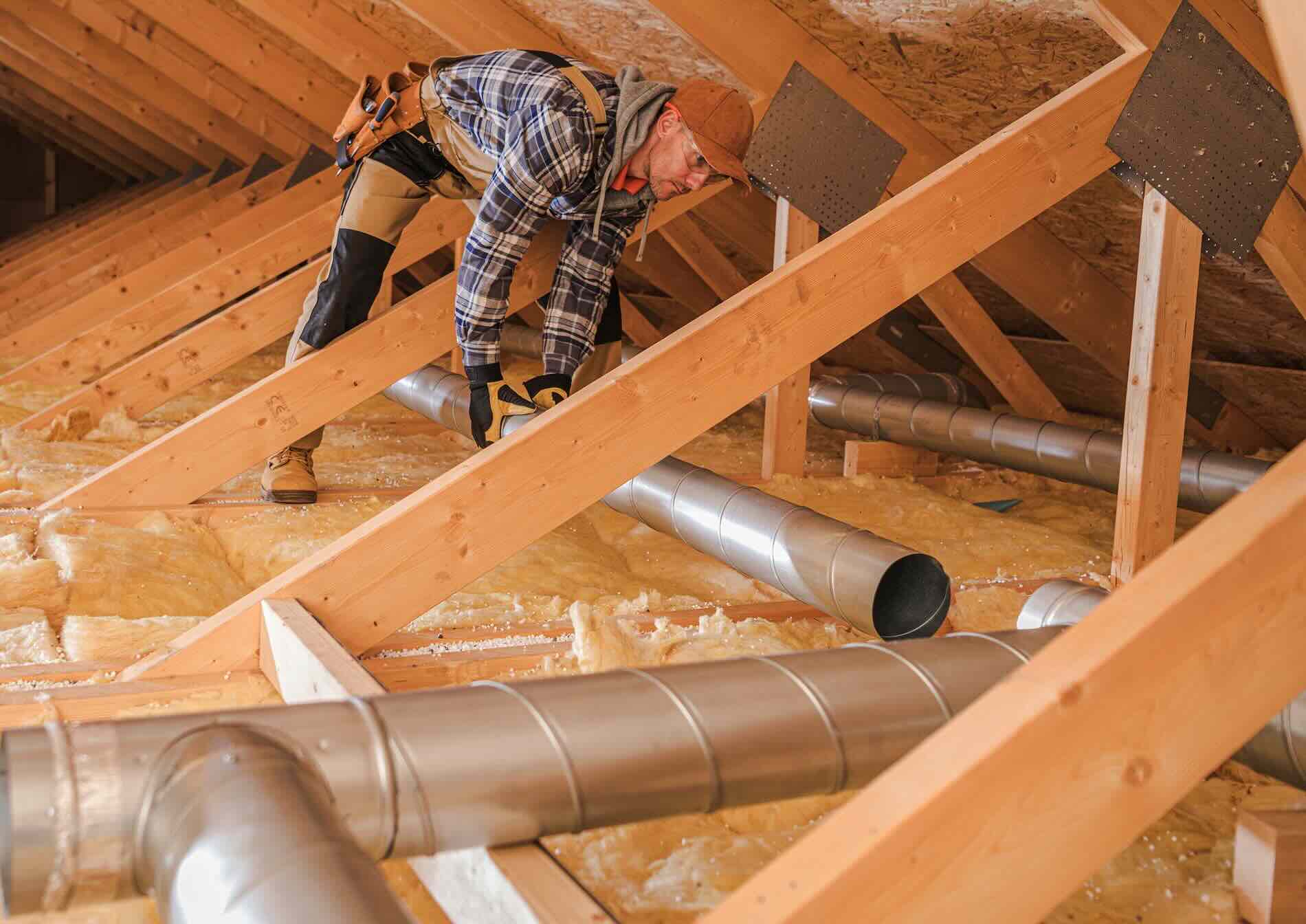

0 thoughts on “How Often To Replace Attic Insulation”